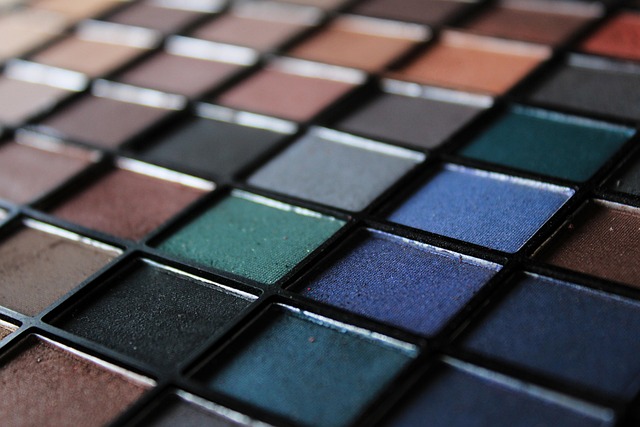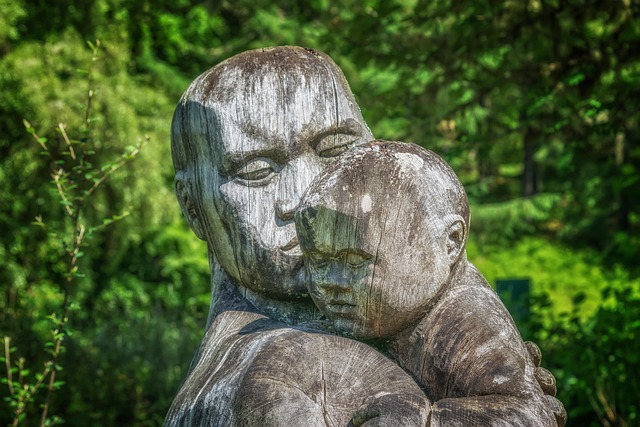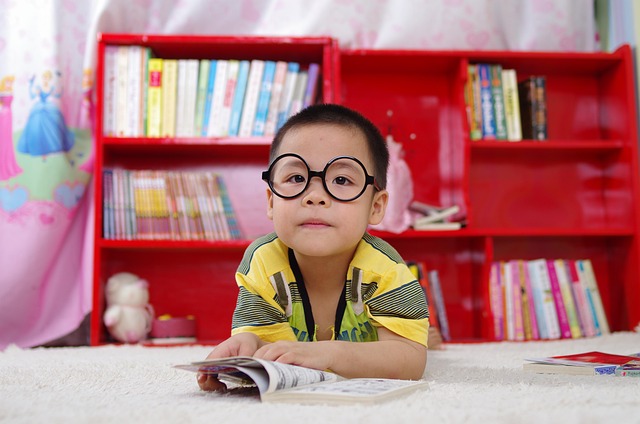Art has been a part of human expression since time immemorial, allowing individuals to communicate thoughts, emotions, and stories in a manner that transcends spoken language. Within this vast world of creativity, the fine arts occupy a special place, acting as a mirror to society, culture, and the intricacies of human experience. Central to the practice of painting, a key element is the palette—both in the literal sense of color selection and in the metaphorical sense of the diverse influences that shape an artwork.
The concept of a palette in painting extends beyond mere colors laid out on a painter’s board. Each artist curates their own unique color spectrum, much like how diverse cultures contribute to individual and collective identities. The hues selected can evoke powerful emotions and set the tone of a piece. For instance, vibrant reds and yellows might stir feelings of passion and warmth, while muted blues and greys could evoke a sense of calm or melancholy. This emotional language is universal, allowing art to resonate with a broad audience.
Culture plays a vital role in shaping an artist’s palette. It influences their choice of themes, color schemes, and even the materials they use. From the brilliant colors of traditional African art to the soft pastels prominent in European Impressionism, each culture adds depth and narrative to the artworks produced. These cultural palettes not only enrich the visual experience but also provide context and meaning, inviting viewers to explore the stories behind each brushstroke.
The fine arts also embrace the evolution of social values, political movements, and historical events, all reflected in the palette artists choose at any given time. For example, the bold use of color during the Civil Rights Movement in the works of artists like Jacob Lawrence speaks to a powerful resilience and hope, making the artwork not just a visual representation but also a form of activism. Here, the palette serves as a vehicle for dialogue, pushing boundaries and challenging societal norms.
As we delve into the world of painting, we uncover a beautiful tapestry woven from the threads of various cultural influences. Each artist’s palette is a blend of personal experience, cultural heritage, and societal context. The result is an artistic explosion that celebrates diversity while also revealing shared human experiences—capturing feelings of joy, sorrow, hope, and despair. This interconnectedness allows art to resonate on a profound level, inviting contemplation and connection.
So the next time you find yourself admiring a painting, take a moment to appreciate the palette before you. Consider the myriad influences that have converged to create that visual experience—the culture, the emotions, and the stories woven into each color. In doing so, you’ll not only see the artwork differently but also deepen your understanding of the intricate relationship between fine arts and culture.




